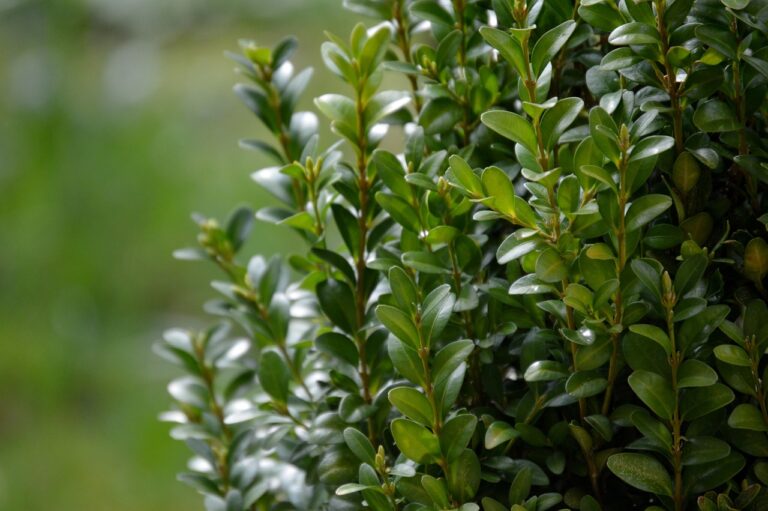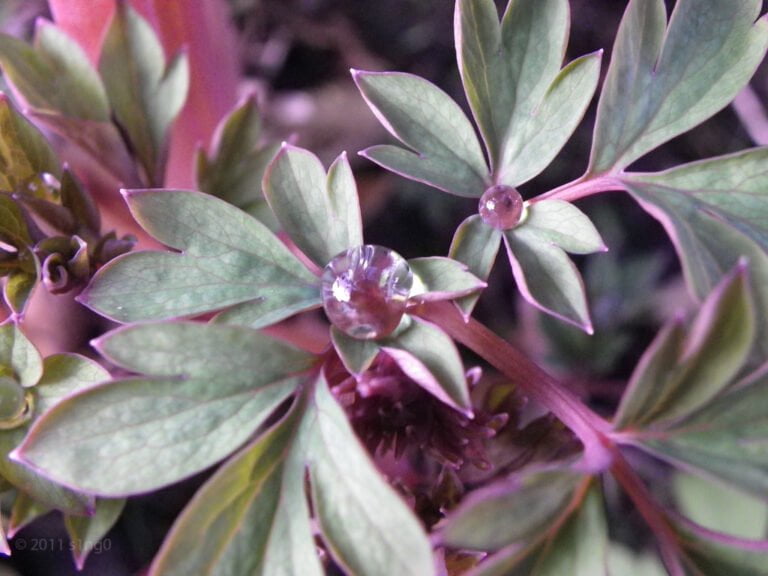Understanding the Concept of Chaotic Gardening
Diving into tumultuous gardening opens a world of spontaneity, reshaping traditional practices with vibrant, ecologically diverse landscapes. It welcomes freedom, scattering seeds wildly to craft a naturalistic garden aesthetic. Sustainability, biodiversity, and creativity thrive in this method. Nature guides plant arrangement, celebrating randomness and unpredictable growth. It challenges misconceptions by requiring initial planning for visually stunning results. Sustainable practices reduce maintenance and support wildlife habitats. Embrace the beauty of chaos in gardening for unique, engaging outdoor spaces. Reveal a new approach to gardening that celebrates the unpredictability and creativity of nature’s design.
What Is Chaotic Gardening?
Embracing the spirit of spontaneity and freedom, chaotic gardening transforms traditional planting practices by scattering seeds haphazardly to create a wild and naturalistic garden aesthetic. In Chaos Gardening, the idea is to let nature take the lead, allowing plants to grow in a more organic and unrestricted manner. This departure from structured gardening rules is liberating; it fosters a sense of creativity and experimentation that is both invigorating and exhilarating.
By sowing a mix of seeds without a predetermined plan, Chaos Gardening introduces an element of unpredictability and excitement. The fusion of various seeds results in a diverse array of plants, from vibrant flowers to nutritious vegetables, creating a tapestry of colors, shapes, and textures that is truly unique. The beauty of Chaos Gardening lies in its ability to blur the lines between order and disorder, harmonizing the chaos of nature into a visually stunning landscape.
As a passionate advocate of Chaos Gardening, I believe that this approach offers a profound connection to the natural world. It encourages a deeper respect for the innate processes of growth and the resilience of plants. By relinquishing control and embracing the wild beauty of nature, Chaos Gardening allows us to witness the enthralling dance of life unfolding in our own backyard.
Benefits of Chaotic Gardening
With a focus on fostering biodiversity and supporting local ecosystems, chaotic gardening offers a unique and sustainable approach to cultivating vibrant and dynamic outdoor spaces. One of the key benefits of chaos in gardening is its eco-friendly approach. By mimicking natural growth patterns, chaotic gardens create a harmonious environment that requires less intervention and reduces the need for harmful chemicals.
Moreover, chaotic gardening supports wildlife in various ways. The abundance of plants and the diverse structure of a chaotic garden provide shelter, food sources, and habitats for a wide array of species, from insects to birds. This creates a thriving ecosystem right in your backyard, contributing to the overall health of the environment.
Self-seeding plants play an essential role in chaotic gardens. Species like field poppies and ivy are excellent choices as they spread naturally, filling the garden with color and life. Additionally, careful plant selection is vital for a successful chaotic garden. By avoiding invasive species and opting for native plants, you can make sure that your garden remains balanced and sustainable over time.
Essential Elements of Chaotic Gardening
In the art of disorderly gardening, the essence lies in allowing nature to dictate the playful arrangement of plants through random seed scattering. This method embraces the unpredictable nature of gardening, where seeds are scattered without a vital plan, allowing the garden to evolve freely. The soil becomes a canvas for nature’s creativity, giving rise to a garden that is wild, natural, and full of surprises.
In disorderly gardening, the seeds play a significant role in shaping the garden’s character. A diverse mix of seeds is used, including old seeds, to create a tapestry of colors, textures, and shapes that bring unexpected beauty to the garden. By incorporating various plant species, from vibrant flowers to nourishing vegetables, disorderly gardens become a harmonious blend of different elements, each contributing to its unique and eclectic charm.
Nature takes the lead in disorderly gardening, guiding the growth patterns of plants in a way that is both freeing and enchanting. The garden becomes a living, breathing entity, where every corner holds a new discovery, and every season brings its own surprises. Embracing the essence of disorder in gardening allows for a deeper connection with nature and a profound appreciation for the beauty of the unpredictable.
Tips for Starting a Chaos Garden
When initiating a chaos garden, I mix a variety of seeds to promote plant diversity, generating a vibrant tapestry of natural growth patterns that astonish and please. With a minimal upkeep approach, I let nature take its course, enabling the garden to thrive with its distinct allure and character. Embracing flaws and unpredictability, I delight in the process of exploration, embracing the unforeseen beauty that unravels in my chaos garden.
Plant Diversity for Chaos
Embracing the essence of disorder gardening means unleashing a vibrant tapestry of plant variety in your garden bed. In a varied planting bed, blending seeds of various plants like veggies, spices, and blooms without a specific strategy can result in surprising growth patterns. This unpredictability not only adds a hint of originality to your garden but also lures beneficial bugs, nurturing a thriving ecosystem. The allure of disorder gardening lies in the unstructured method, allowing for a distinct mix of colors, forms, and fragrances to thrive in harmony. Starting a disorder garden opens up a realm of possibilities where you can experiment with diverse seed combinations, forming a dynamic and ever-evolving landscape.
- Blending seeds for variety
- Spontaneous planting for originality
- Luring beneficial insects
- Surprising growth patterns
- Experimentation with diverse seed combinations
Natural Growth Patterns
Mimicking the intricate tapestry of natural ecosystems, chaos gardening celebrates the beauty of unbridled growth and spontaneity in the garden. When starting a chaos garden, mixing wild plant seeds and scattering them haphazardly can replicate the randomness of nature. Embracing imperfections and celebrating dilapidation are essential to the charm of chaos gardening. Careful site selection is vital for creating the right conditions to support the diverse array of plants that thrive in chaos gardens. Incorporating companion planting techniques can further enrich the natural growth patterns within the garden. By allowing plants to self-seed and spread freely, a chaos garden can evolve organically, resembling the untamed beauty of wild landscapes.
Minimal Maintenance Approach
To construct a chaos garden with minimal maintenance, one can adopt a hands-off approach that allows nature to guide the growth process. In a minimal maintenance chaos garden, it’s crucial to welcome and accept nature to unfold its beauty. Here are some tips for starting a chaos garden with minimal maintenance:
- Embrace the experimental approach and observe how plants interact naturally.
- Consider watering, weeding, and plant support as optional choices, depending on your preference.
- Allow the garden to evolve with minimal interference, promoting a carefree atmosphere.
- Opt for a level of care that suits your lifestyle, from occasional watering to complete neglect.
- Enjoy the process of watching your chaos garden thrive with minimal input, accepting the unpredictability of nature.
Common Misconceptions About Chaotic Gardening
One common misconception about chaotic gardening is that it equates to a lack of intention or purposeful design. In reality, chaotic gardening is about embracing a more natural and spontaneous approach to planting. It’s not about neglect but rather about letting nature take its course. While some may think chaotic gardens appear messy, they can actually result in visually appealing and diverse landscapes.
Another myth surrounding chaotic gardening is that it requires no planning. While it may seem haphazard, a bit of initial thought and consideration can enrich the process. It’s not about complete randomness but rather about allowing for a different kind of control – one where nature dictates much of the growth. This leads to a garden that is in harmony with its surroundings, creating a unique and vibrant ecosystem.
Furthermore, chaotic gardening is not limited to wild, unkempt spaces. It can be incorporated into gardens of any size or style, adding a touch of creativity and unpredictability. Embracing the chaos can lead to a more dynamic and engaging outdoor space, full of life and surprises at every turn.
Sustainable Practices in Chaotic Gardening
Embracing sustainable practices in turbulent gardening involves utilizing the power of nature’s intrinsic equilibrium and variety to develop flourishing ecosystems in our outdoor spaces. Sustainable disorderly gardening is not just about letting plants grow wildly but about creating a harmonious balance that benefits both the environment and its inhabitants. By mimicking natural growth patterns and incorporating self-sowing plants, we can support wildlife and foster a diverse ecosystem right in our backyard.
- Sustainability: Disorderly gardening promotes sustainability by reducing the need for extensive maintenance and chemical inputs, aligning with eco-friendly practices.
- Natural Growth Patterns: By letting plants grow in their natural way, we can create a more resilient and adaptable garden environment.
- Varied Ecosystem: The variety of plant species in a disorderly garden adds to its resilience and supports a wide range of wildlife, contributing to a thriving ecosystem.
- Self-Sowing Plants: Encouraging self-sowing plants not only reduces the effort required for replanting but also attracts pollinators and other beneficial insects.
- Wildlife Support: Disorderly gardening provides a habitat for various creatures, from insects to birds, fostering biodiversity and ecological balance.






